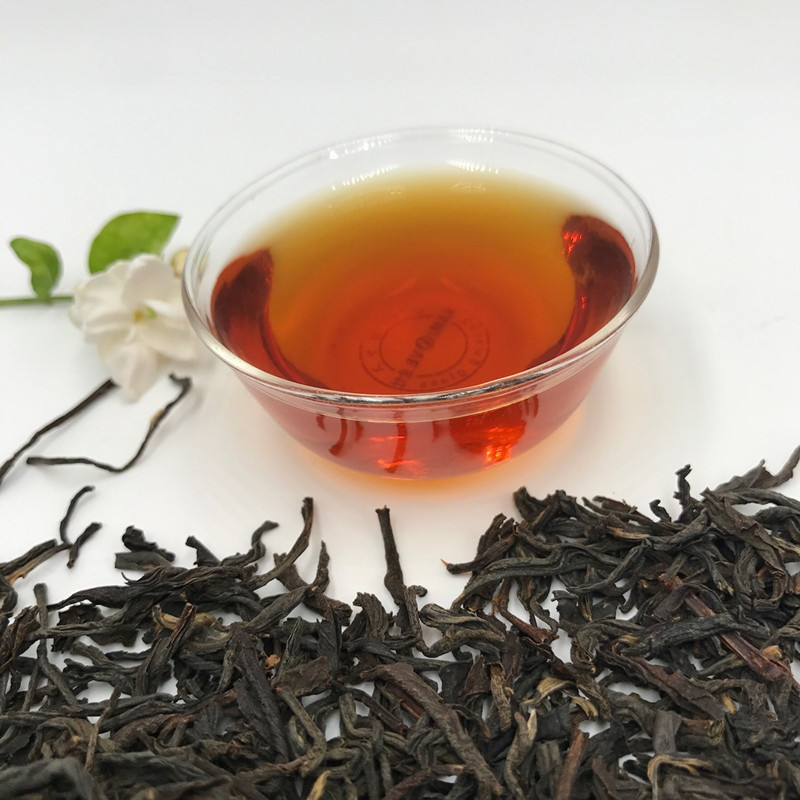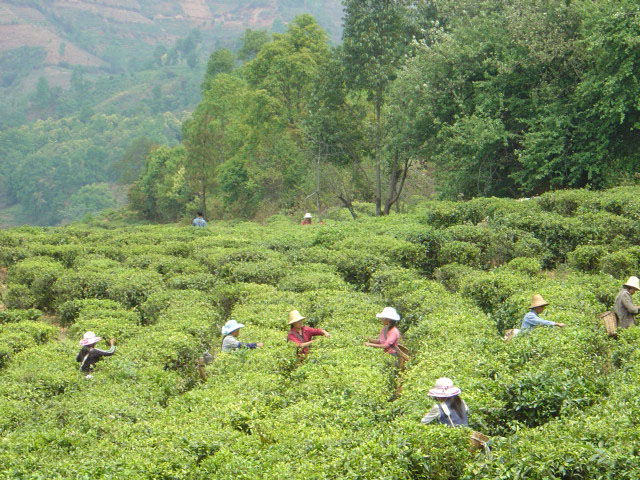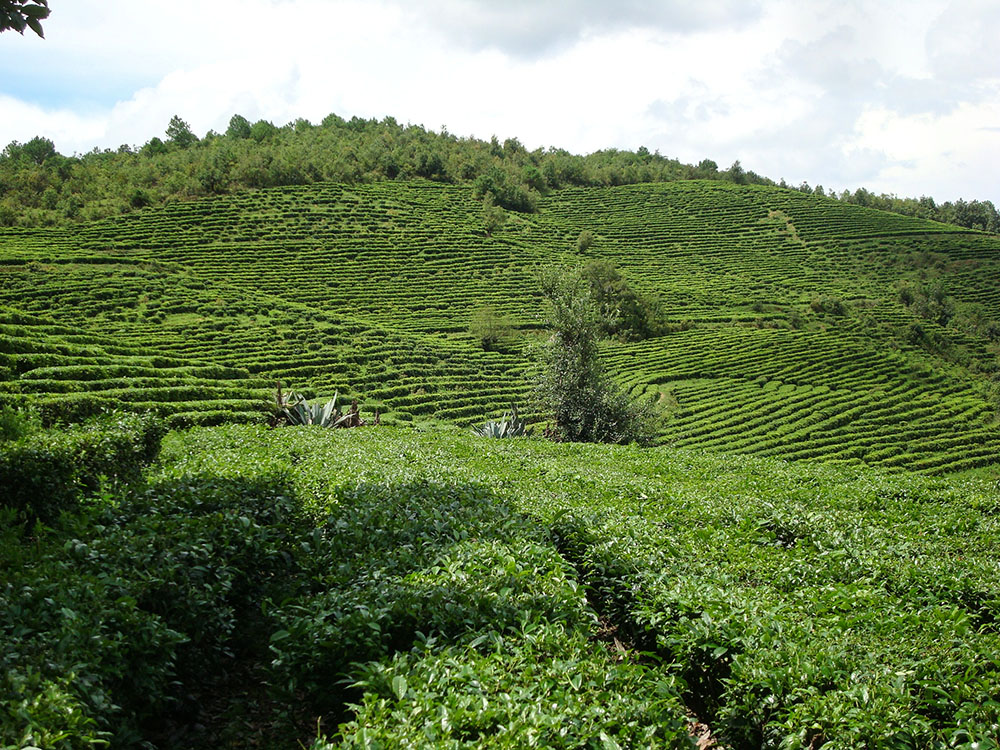
Notice: Trying to get property 'name' of non-object in /www/wwwroot/yunnanexploration.com/wp-content/themes/chinatours/category.php on line 125
Tea History
Tea’s origin story is infused with a blend of myth and fact. The history of tea is long and complex, spreading across multiple cultures over the span of thousands of years. Tea plants are native to East Asia, and probably originated in the borderlands of north Burma and southwestern China (Yunnan) during the Shang dynasty, where it was used as a medicinal drink. An early credible record of tea drinking dates to the 3rd century AD, in a medical text written by Hua Tuo. It was popularized as a recreational drink during the Chinese Tang dynasty, and tea drinking spread to other East Asian countries. Portuguese priests and merchants introduced it to Europe during the 16th century. During the 17th century, drinking tea became fashionable among Britons, who started large-scale production and commercialization of the plant in India.
History of Puer Tea
Puer tea has a recorded history of more than 1,700 years. Trade in Pu-erh tea began in the Tang Dynasty, became famous during the Ming Dynasty and was popularized in the Qing Dynasty. As the fame of the tea spread through trade and traveling merchants, its popularity increased in neighboring regions as well as distant kingdoms. Puer was transported by mules and horses in long caravans along established routes that became known as the Tea Horse Roads. By the end of the Ming dynasty (1368 to 1644) and early part of the Qing dynasty (1644 to 1911) the production and export of Puer tea had reached a historical peak. Cakes and bricks from the Six Famous Tea Mountains of Xishuangbanna and Simao were being transported throughout China, Japan, Tibet, Southeast Asia, and on to the west along common trade routes.
Puer Tea Today
After the establishment of the People’s Republic of China in 1949, renewed efforts were made to revive Puer tea production by exploring new areas for tea cultivation, opening new factories, and establishing special tea-research institutes. Today, pu-erh continues to be regarded as a highly prized commodity. Even in modern society, a well preserved pu-erh still maintains its value and remains a household treat.
History of Dianhong Black Tea
Yunnan black tea, also called Dianhong (滇红), is a Chinese black tea which is used as a relatively high end gourmet black tea and is sometimes used in various tea blends. The word” “diān”(滇) is the short name for Yunnan province while “hóng” (红) means“red” which derives from the black liquid color. The main difference between Dianhong and other Chinese black teas are the amount of fine leaf buds, or “golden tips,” present in the dried tea.
The question of when black tea was invented remains much debated amongst tea scholars. All we can surely say is that by the 16th century black tea was appearing in Chinese tea markets. Dian hong is a relatively new product from Yunnan that began production in the early 20th century. Dian Hong was “discovered” in 1938 during the Sino-Japanese war. Because black tea production close to the East coast of China was hindered by the Japanese invasion, China had to look elsewhere for production. Tea was a crucial export to help China obtain foreign support against the Japanese. At this point Feng Shaoqiu, a tea expert from the China Tea Trade Company and responsible for the popularity of Keemun black tea, was tasked with the mission of finding a new region for producing black tea. Sheltered in the Southwest of China, he discovered that the tea from Fengqing, Yunnan was an ideal area to start producing black tea for export. China wasted no time and began exporting Dian Hong in 1939.
Keep Reading
- Dianhong Black Tea
- Dianhong Black Tea was Born in 1938
- Yunan Dianhong Black Tea Group
- History and Events of Dianhong Group

 7 Days GolfingTour
7 Days GolfingTour
 8 Days Group Tour
8 Days Group Tour
 8 Days Yunnan Tour
8 Days Yunnan Tour
 7 Days Shangri La Hiking
7 Days Shangri La Hiking
 11 Days Yunnan Tour
11 Days Yunnan Tour
 6 Days Yuanyang Terraces
6 Days Yuanyang Terraces
 11 Days Yunnan Tour
11 Days Yunnan Tour
 8 Days South Yunnan
8 Days South Yunnan
 7 Days Tea Tour
7 Days Tea Tour
 8 Days Muslim Tour
8 Days Muslim Tour
 12 Days Self-Driving
12 Days Self-Driving
 4 Days Haba Climbing
4 Days Haba Climbing
 Tiger Leaping Gorge
Tiger Leaping Gorge
 Stone Forest
Stone Forest
 Yunnan-Tibet
Yunnan-Tibet
 Hani Rice Terraces
Hani Rice Terraces
 Kunming
Kunming
 Lijiang
Lijiang
 Shangri-la
Shangri-la
 Dali
Dali
 XishuangBanna
XishuangBanna
 Honghe
Honghe
 Kunming
Kunming
 Lijiang
Lijiang
 Shangri-la
Shangri-la
 Yuanyang Rice Terraces
Yuanyang Rice Terraces
 Nujiang
Nujiang
 XishuangBanna
XishuangBanna
 Spring City Golf
Spring City Golf
 Snow Mountain Golf
Snow Mountain Golf
 Stone Mountain Golf
Stone Mountain Golf










